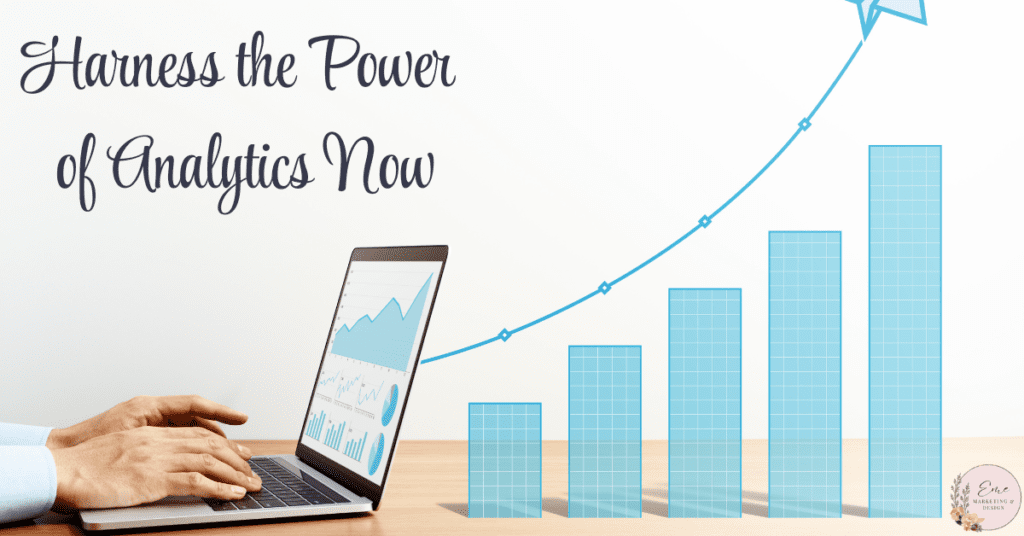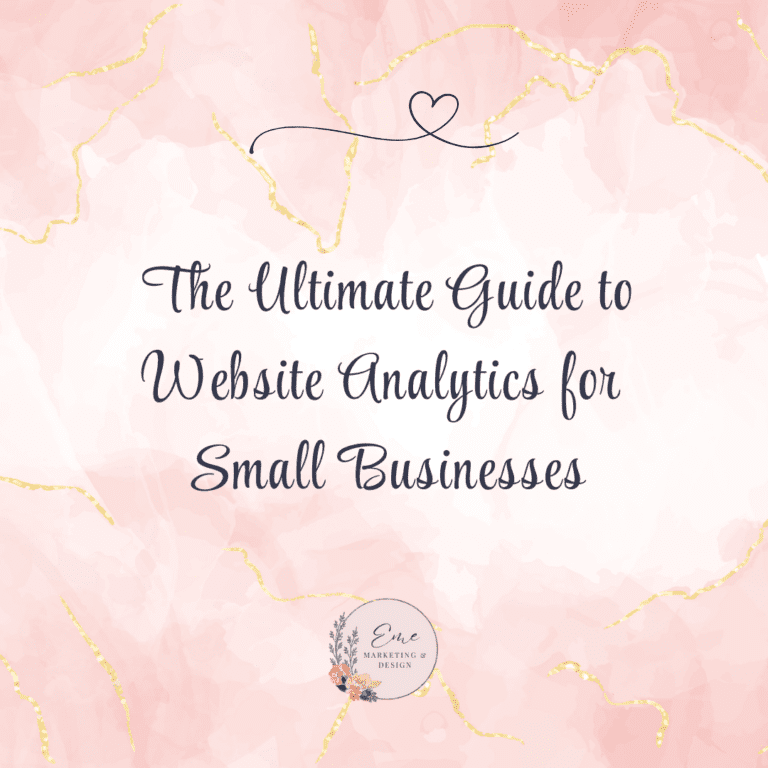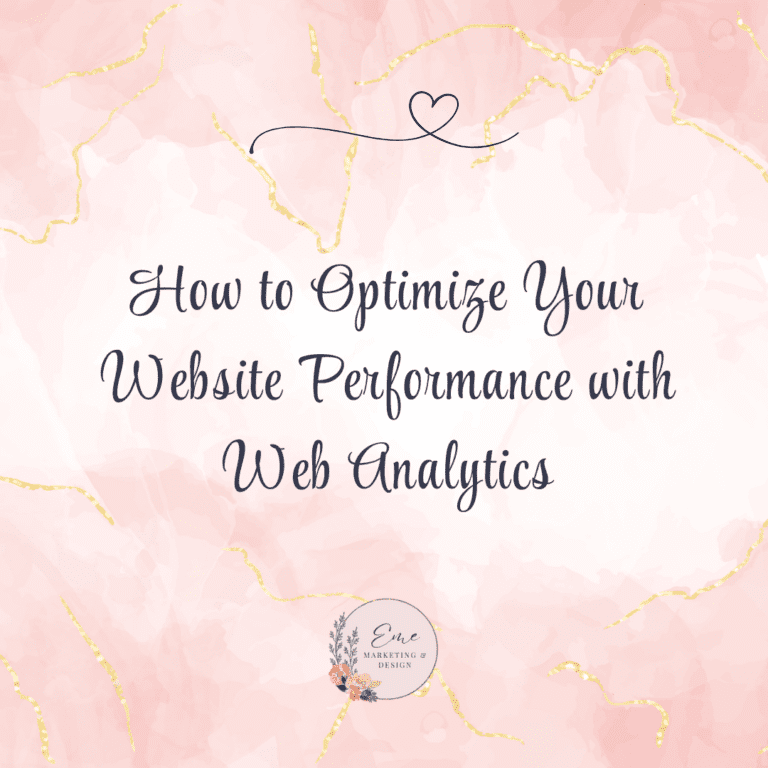
Analytics plays a pivotal role in helping businesses make informed decisions, optimize performance and drive growth. By leveraging the wealth of data available, businesses can gain valuable insights into customer behavior, market trends and operational efficiency. In this blog, we’ll explore the importance of analytics and how businesses can harness its power to unlock actionable insights that drive business success.
Understanding the Value of Analytics
Analytics provides businesses with the ability to collect, analyze and interpret data from various sources to gain valuable insights into their operations, customers and market dynamics. By harnessing the power of analytics, businesses can identify trends, patterns and correlations in data, enabling them to make data-driven decisions and drive strategic initiatives with confidence.
Key Benefits of Analytics:
- Data-Driven Decision Making: Analytics empowers businesses to make informed decisions based on empirical data rather than intuition or guesswork. This leads to more accurate and effective strategies.
- Performance Measurement: By tracking key performance indicators (KPIs), businesses can monitor progress towards goals, identify areas for improvement and optimize performance.
- Customer Insights: Analytics helps businesses understand customer behavior, preferences and needs, enabling personalized marketing and improved customer experiences.
- Operational Efficiency: Analyzing operational data can reveal inefficiencies and bottlenecks, allowing businesses to streamline processes and reduce costs.
- Market Trends: Keeping an eye on market trends through analytics helps businesses stay competitive and adapt to changing market conditions.
Collecting and Integrating Data
The first step in leveraging analytics is to collect and integrate data from various sources. This involves identifying key data sources, implementing robust data collection mechanisms, and ensuring data quality.
Identifying Key Data Sources:
- Website Analytics: Tools like Google Analytics provide insights into website traffic, user behavior and conversion rates.
- Social Media Metrics: Platforms like Facebook, Instagram and LinkedIn offer data on engagement, reach and audience demographics.
- Sales Data: Sales reports, transaction records and customer purchase histories offer valuable insights into revenue streams and customer preferences.
- Customer Feedback: Surveys, reviews and customer support interactions provide direct insights into customer satisfaction and areas for improvement.
- Operational Data: Data from supply chain, production and logistics systems can help optimize operational efficiency.
Implementing Data Collection Mechanisms:
- Automated Data Collection: Use tools and software to automate data collection from various sources, reducing manual effort and minimizing errors.
- Centralized Analytics Platform: Integrate data from disparate sources into a centralized platform or dashboard for comprehensive analysis.
- Data Quality Controls: Implement measures to ensure data accuracy, consistency and integrity, such as data validation, standardization and governance policies.
Analyzing and Interpreting Data
Once data is collected and integrated, businesses can leverage analytics tools and techniques to analyze and interpret the data effectively. This involves using descriptive, diagnostic and predictive analytics to uncover insights and inform decision-making.
Descriptive Analytics:
Descriptive analytics involves summarizing and visualizing historical data to identify trends, outliers and patterns. This provides a clear picture of past performance and helps businesses understand what has happened in their operations.
Tools and Techniques:
- Data Visualization: Use charts, graphs and dashboards to present data in an easily understandable format.
- Summary Statistics: Calculate measures such as mean, median, mode and standard deviation to summarize data.
Diagnostic Analytics:
Diagnostic analytics delves deeper into the root causes of performance issues or anomalies. It helps businesses understand why certain trends or patterns occur by identifying correlations and relationships within the data.
Tools and Techniques:
- Drill-Down Analysis: Explore data at different levels of granularity to uncover underlying causes.
- Correlation Analysis: Identify relationships between variables to understand how they influence each other.
Predictive Analytics:
Predictive analytics uses historical data patterns to forecast future trends and anticipate customer behavior. This helps businesses identify potential opportunities or risks and make proactive decisions.
Tools and Techniques:
- Regression Analysis: Predict future outcomes based on historical data trends.
- Machine Learning: Employ algorithms to analyze large datasets and make predictions.
Driving Business Insights and Decision-Making
The ultimate goal of analytics is to translate data analysis into actionable insights that inform business decisions and drive strategic initiatives. This involves presenting findings in a clear, concise manner that is accessible to stakeholders across the organization.
Translating Insights into Action:
- Clear Communication: Present findings using visualizations, reports and dashboards that highlight key insights and recommendations.
- Strategic Initiatives: Use insights to inform strategies such as optimizing marketing campaigns, improving customer experiences, streamlining operations and innovating product offerings.
- Empowering Employees: Foster a data-driven culture by encouraging cross-functional collaboration and empowering employees at all levels to leverage data in decision-making.
Continuously Iterating and Improving
Analytics is not a one-time exercise but an ongoing process of continuous improvement and iteration. Businesses should regularly monitor and evaluate the effectiveness of analytics initiatives, refining strategies and approaches based on feedback and results.
Ongoing Improvement:
- Regular Monitoring: Continuously track KPIs and evaluate the impact of analytics initiatives on business performance.
- Incorporating New Tools: Stay abreast of emerging trends and technologies in the field of analytics, incorporating new tools, methodologies, and best practices to enhance capabilities.
- Fostering Innovation: Encourage a culture of experimentation and innovation, allowing employees to explore new ideas, test hypotheses, and push the boundaries of what’s possible with data-driven insights.
Final Thoughts
Analytics holds the key to unlocking valuable insights that drive business success in today’s data-driven world. By understanding the value of analytics, collecting and integrating data effectively, analyzing and interpreting data to derive actionable insights, driving informed decision-making, and continuously iterating and improving, businesses can harness the power of analytics to optimize performance, drive innovation, and achieve their strategic objectives in a rapidly evolving business landscape.
Analytics is not just about collecting data but about transforming it into a strategic asset that can propel your business forward. Embrace the power of analytics, and you will find yourself better equipped to navigate the complexities of the modern business environment and achieve lasting success.
Next Steps
Partnering with Eme Marketing & Design for your digital marketing needs is a strategic move towards achieving your business goals. To get started, reach out to us for a consultation where we will assess your current digital presence and identify areas for improvement. Together, we’ll develop a customized marketing strategy that leverages our expertise in data analytics, customer insights and performance optimization. Our team will implement targeted campaigns, optimize your website and social media platforms and provide ongoing support to ensure continuous growth. Contact Eme Marketing & Design today to unlock your business’s full potential with our comprehensive digital marketing solutions.




